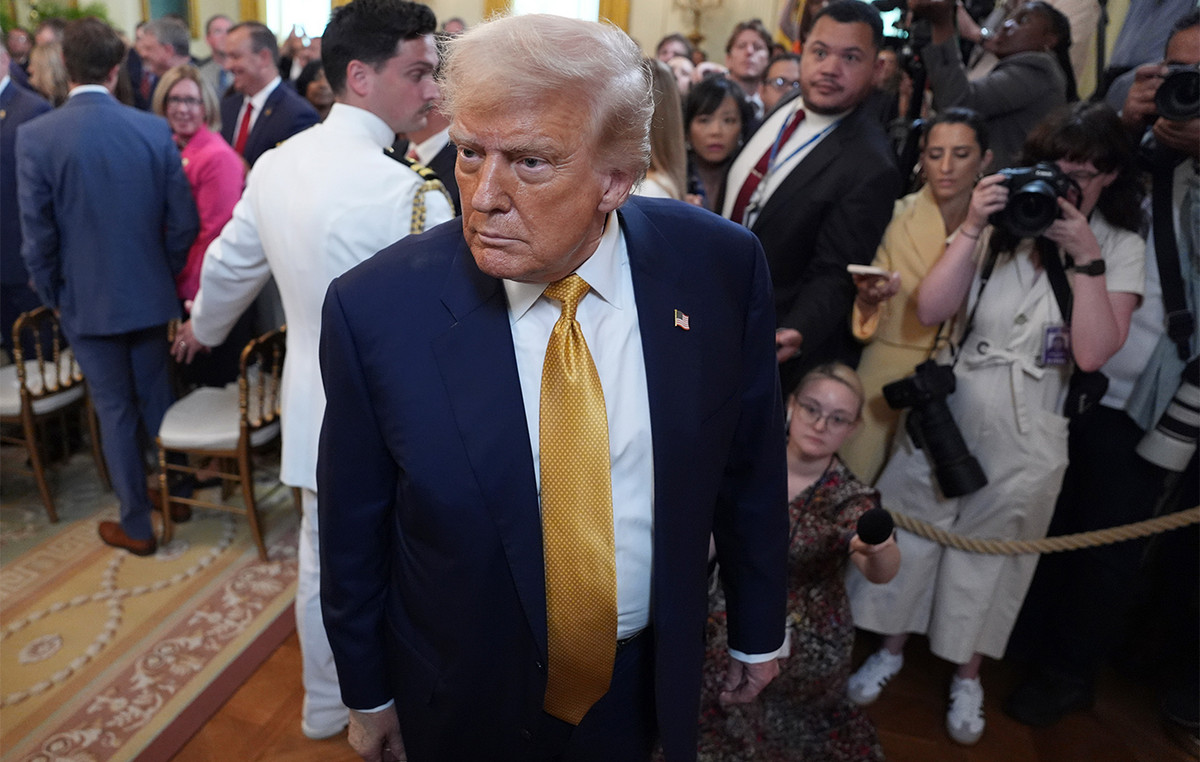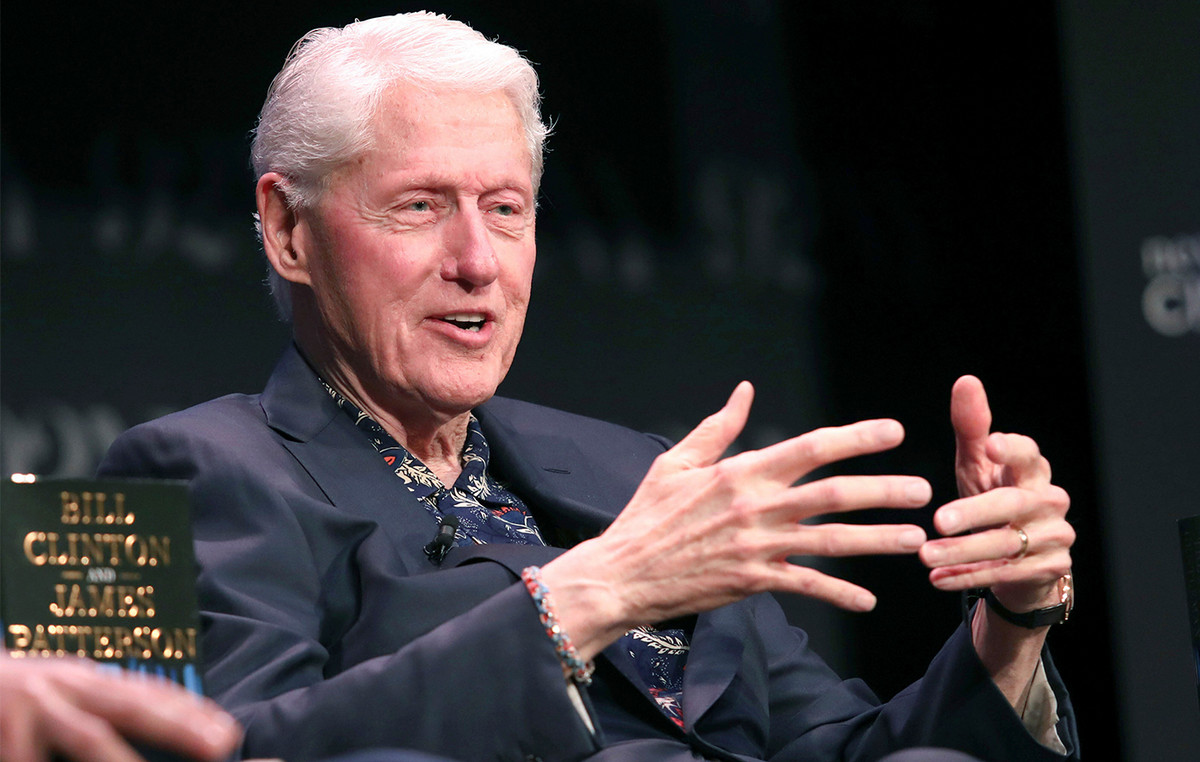Irina Gonzalez found the perfect Christmas present: a Mega Blocks tow truck with lilac wheels and pink basket. She was happy to buy it – for her 20-month-old son.
“I really try to incorporate all the colors of the rainbow into my son’s toys and especially into his wardrobe,” she said. “I want to educate my son so that he understands that clothes are just clothes and toys are just toys, and that these things don’t have a defined gender”.
She hopes he learns that nothing is out of his bounds and that there is nothing wrong with liking a toy or piece of clothing that has been marketed as being “for girls”.
Not too long ago, this might have seemed like a radical approach to parenting, not to mention holiday shopping. But fighting the hyper-gender marketing of the worlds of children’s materials is increasingly common, and not just by parents or advocacy groups. Some in the toy industry and the business world have also joined.
Toy Industry Becomes Gender Neutral
In 2015, Target stopped labeling some toys and other products as items for girls and boys, moving away from gender signage in stores. In 2017, the Toy Association replaced the “boy” and “girl” categories with others, such as action figures of the year or doll of the year (although action figures are generally dolls for boys).
According to Kristin Morency Goldman, a spokeswoman for the Toy Association, the decision “was to reflect the current market, the shopping habits of parents and the reality of the world we live in.”
This year’s winning toys include the teddy bear of the year and one that helps with studies and development. Marketed in this way, any child can be interested in them.
“Companies have stopped classifying their toys by gender, and even online and physical retailers are no longer organizing them that way,” said Goldman. “Many of the gender-based limits that were imposed on children in previous generations, thankfully, no longer exist.”
Hasbro, for example, has changed the marketing of brands like Baby Alive, NERF and Easy-Bake to make them more gender-inclusive. Meanwhile, Disney has found a way to accommodate both parents who believe toys should be marketed using gender and those who don’t. On the Disney website, shoppers can still select a genre, but there is almost no difference in the search result.
There are 304 toys marked as boys and 307 for girls. The Minnie Mouse Garden Play Set, Aurora Classic Doll and Disney Princess Enchanting Messages Musical Vanity are in both the men’s and women’s section. Just like the Mickey Mouse-Ka-Golf Set.
The three exclusive toys for girls were the Elsa plush doll, the Snow Queen, the Queen Anna plush doll, and the classic Elsa doll accessory pack, all from “Frozen II”.
Smaller companies are launching without gender messages. BE-ME sells tutus, wreaths and nail polish to every kid, and Ten Little doesn’t put gender into clothes or toys.
This could soon become the norm, and even the law. In October, California Gov. Gavin Newsom signed Bill 1084, which requires large retailers to have gender-neutral toy sections by 2024. (This does not ban traditional toy sections for boys and girls).
Meanwhile, after achieving high levels of sales but also criticism when it introduced gender-sensitive LEGO Friends in 2012, this year LEGO announced a new survey and a new campaign, “Ready for Girls” in free translation), in conjunction with the Geena Davis Institute on Gender in Media. The campaign encourages girls to play with all LEGO products, to “neutralize widespread stereotypes about girls that discourage them from playing with toys aimed at learning and development.”
Stereotypes remained
That’s a big change in a short period of time, but putting gender into children’s toys is actually a recent phenomenon.
“Toys at the turn of the 20th century weren’t a big consumer good, and many families ended up making their own toys,” said Elizabeth Sweet, assistant professor of sociology at San Jose State University. “Gender was not such a primary categorization factor.” Dolls, she said, were a popular gift for baby boys or girls.
The genre of children’s clothing and toys took hold just over 100 years ago in an effort to teach children from an early age how to play their gender roles properly. Toys are no longer marketed by age and are now explicitly trying to shape children’s preferences and futures: mop and broom sets for girls and assembly and machinery sets for boys.
That gender message faded somewhat during the US women’s movement in the 1970s, Sweet said. She found that less than 2 percent of the toys in Sears’ 1975 catalog had explicit gender markers. But the 1980s saw the deregulation of children’s TV, which allowed a new level of toy marketing, said Rebecca Hains, professor of media and communications at Salem State University in Massachusetts. This was followed by the rise of “female power” in the 1990s, and marketing imposed gender on toys again.
“There’s a kind of back-and-forth oscillation going on constantly in our culture,” Hains said.
In the late 20th century, toys stopped preparing children for traditional gender roles and began to focus on fantasies: princesses for girls and superheroes for boys.
Toy makers “take the stereotypes and repackage them in glitter paper, but they have the same ideas about the genre,” Sweet said. “Women are passive, caring and caring, and men are active, energetic and capable.”
Princess dolls and other characters are very slender, Hains noted. “They don’t look like they could be physically strong because they’re so delicate.” Superhero toys, on the other hand, have the fake muscles.
Sweet found that toys tend to have more gender these days than at any other time in history – but clearly that has started to change.
The problem with gender toys
If you’re buying gifts that have gender markers, Hains said, it’s easy to get past them. If you bought a gift for a boy with just pictures of girls on the package, “just unpack and place the item under the tree,” she said.
Hains said if you have a girl who likes princesses, buy princess dolls and an action toy like a fire truck. “We can play princesses and make the princess put out fire,” she said.
Why do that?
When toys are defined by gender by marketers and parents, they not only reinforce stereotypes but also promote different skill sets. “Anything that was promoted to girls was about being beautiful,” Hains said. Girls’ toys tend to promote communication skills and kindness, while for boys, the emphasis is on action and assertiveness.
LEGO’s gender research found that girls are six times more likely than boys to imagine that scientists and athletes are men rather than women. Parents of both sexes were four times more likely to encourage boys to play computer games or sports and five times more likely to encourage girls to dance and dress up.
“Children are experimenting with ideas about their own interests and aptitudes and maybe even future roles,” Hains said. “It’s problematic when you’re narrowing down options and saying that this whole range of things is just for girls and this other range of things is just for boys.”
Correcting the trajectory
Changes in the way toys are marketed can help change consumer behavior, but cultural norms are difficult to overcome. “I really think it’s hard on boys,” said Lauren Apfel, a mother of four and executive editor of Motherwell magazine. “It’s always harder for them to embrace the idea of more feminine clothes, more feminine toys, unlike the girl who is playing with blocks and nobody thinks twice.”
In fact, LEGO found that “71% of boys vs. 42% of girls say they worry about being ridiculed if they play with a toy typically associated with the other sex.”
Apfel’s move was to buy boys – both hers and others – holiday and birthday dolls to encourage a kind of “gender openness” and present the message – that all toys are for everyone. public.
(Translated text. Click here to read the original report, in English)
Reference: CNN Brasil
I am Sophia william, author of World Stock Market. I have a degree in journalism from the University of Missouri and I have worked as a reporter for several news websites. I have a passion for writing and informing people about the latest news and events happening in the world. I strive to be accurate and unbiased in my reporting, and I hope to provide readers with valuable information that they can use to make informed decisions.







